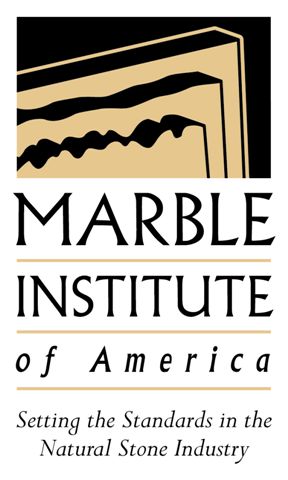Soapstone
Soapstone currently enjoys a resurgence of popularity for surfaces, kitchenware, traditional decorative uses, industrial applications and artistic carvings.
What is Soapstone?
Soapstone is a metamorphic stone or rock composed of one or more minerals.
Since soapstone is a metamorphic stone formed under high pressure, it is highly compacted and dense; thus absorbency is zero or so close to zero that it is inconsequential, making this stone exceedingly sanitary as a food preparation surface, as well-maintained surfaces resist harboring bacterial growth.
Characteristics and Applications of Soapstone
Soapstone texture can vary from massive to fibrous or flaky. The best commercial grades are highly compacted and are not absorbent. It commonly has a “soapy” to slippery and soft feel when the surface is unaltered by long use or treated with chemicals or oils.
Color is usually in the gray to gray-bluish ranges to mottled white or lighter gray and greenish hues and/or streaked with irregular veins of white that may be talc, magnesite, chlorite, dolomite or again, a mixture.
Soapstone is non-conductive and thus is ultra safe for kitchen counter surfaces. Formerly used for high voltage electrical insulation. Soapstone is also not combustible according to underwriters’ ratings, and therefore is considered a fire-resistant material. Because of its thermal conductivity, heat transfer is fairly rapid.
Soapstone is great for hearths, tabletops, chemical-resistant laboratory tops, stove facings, and cladding as it is known for its stain proof characteristics.





